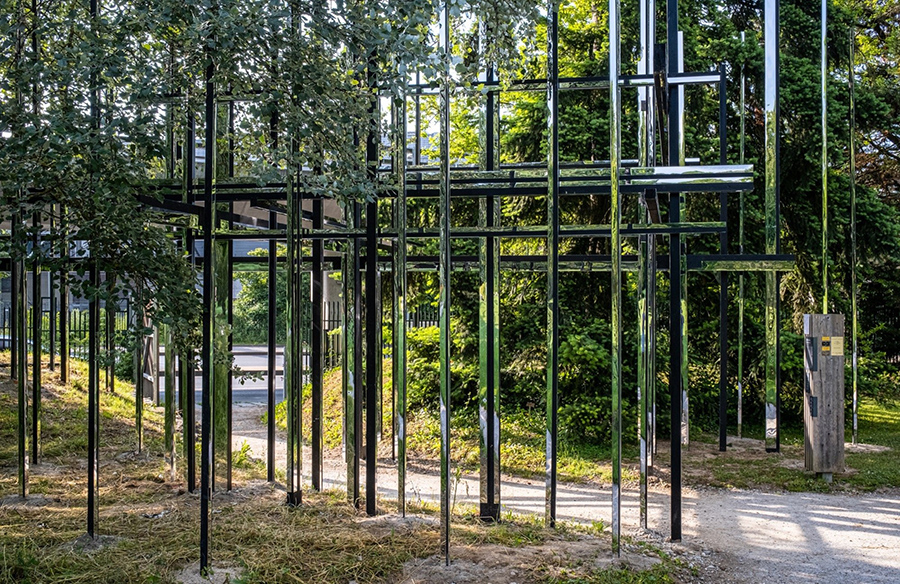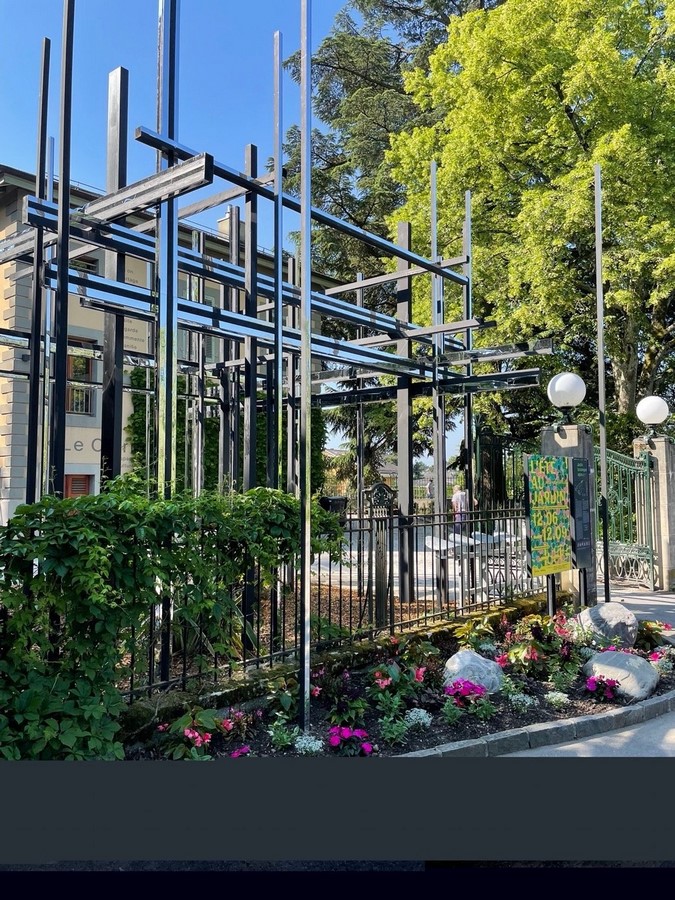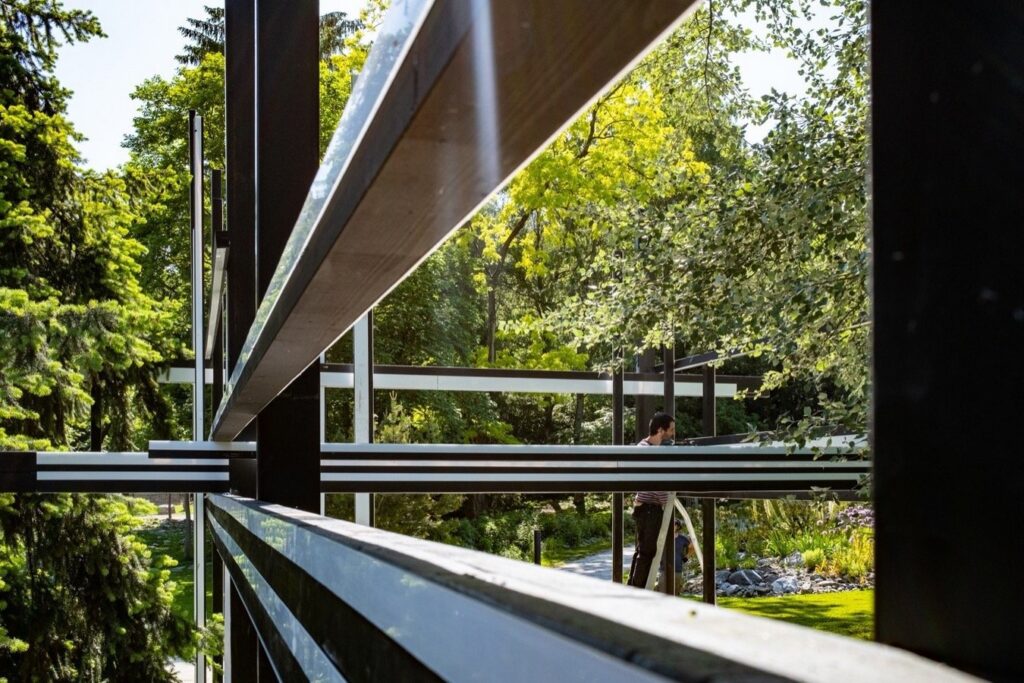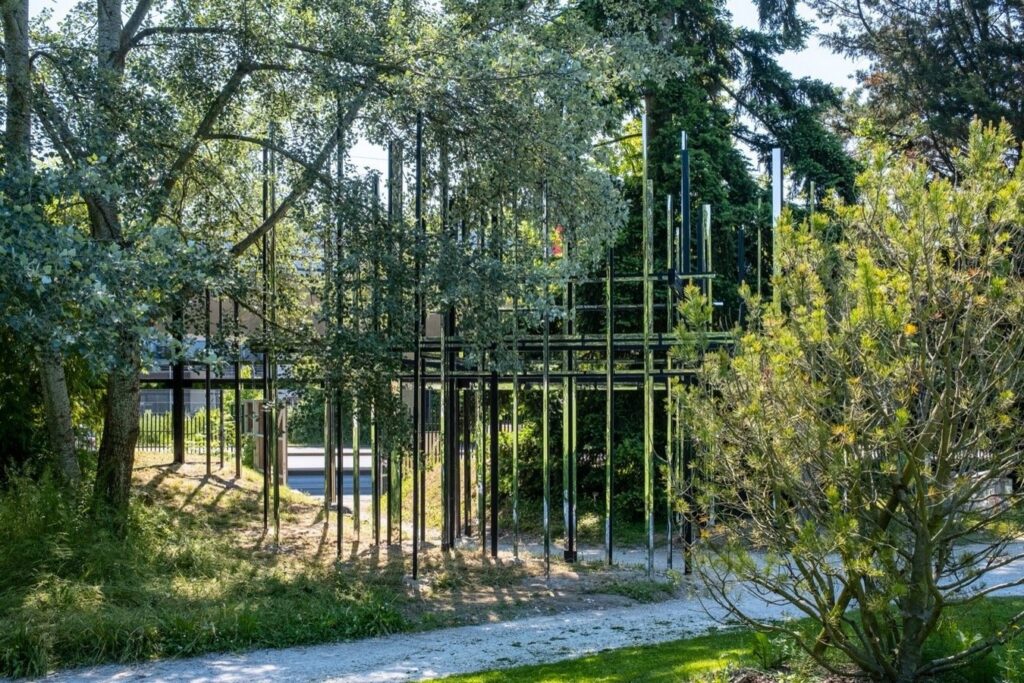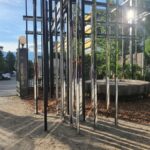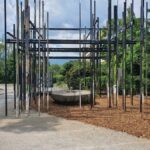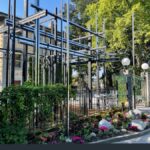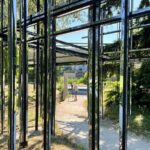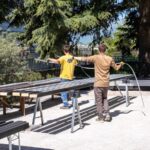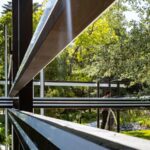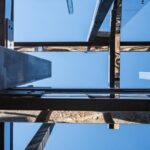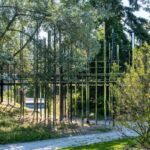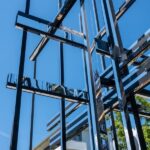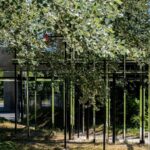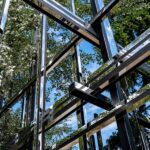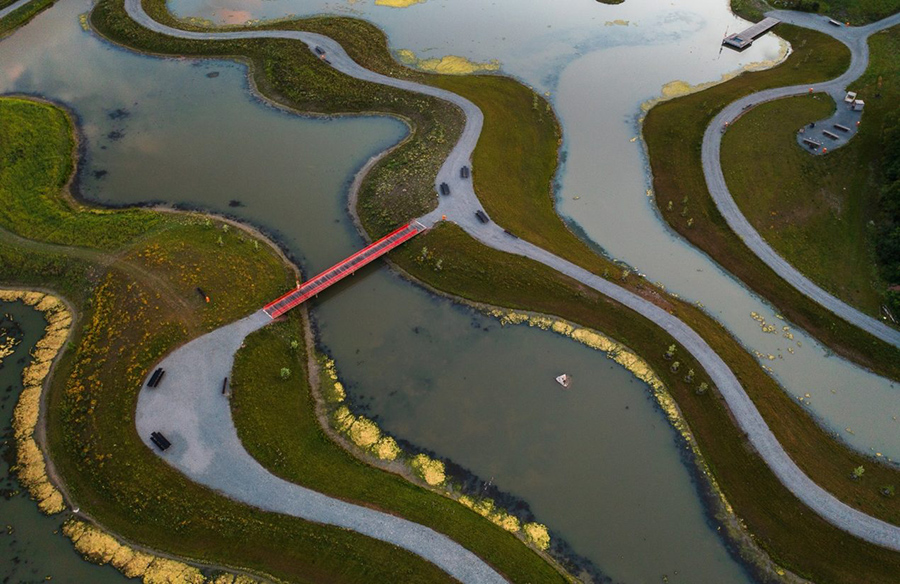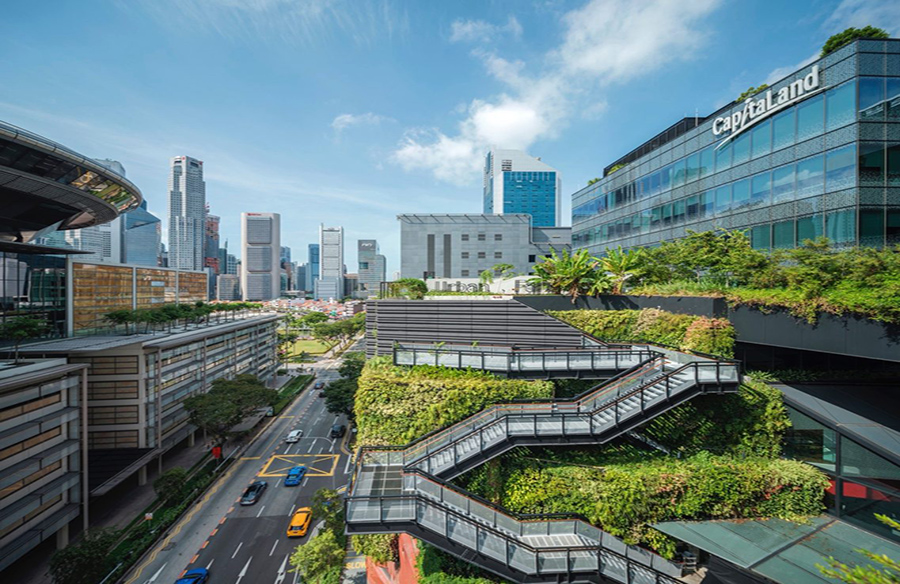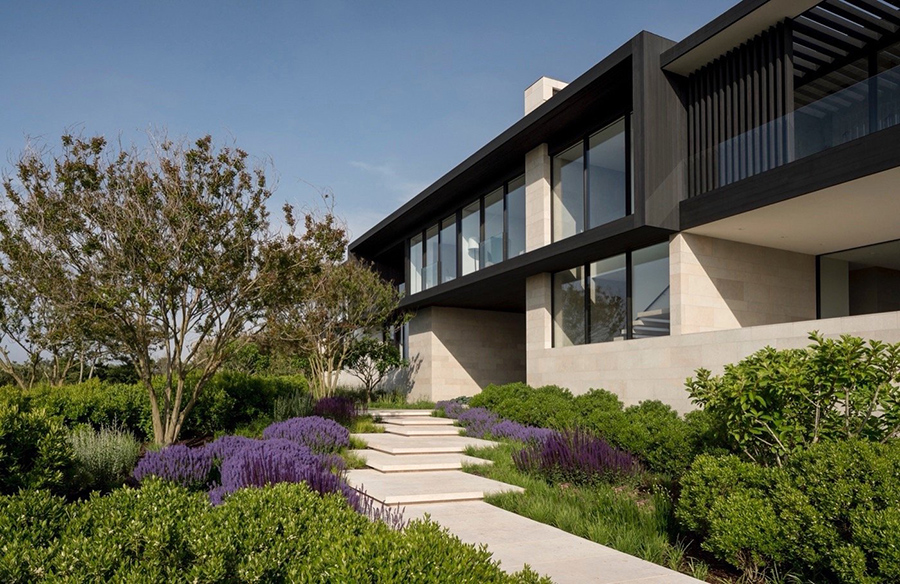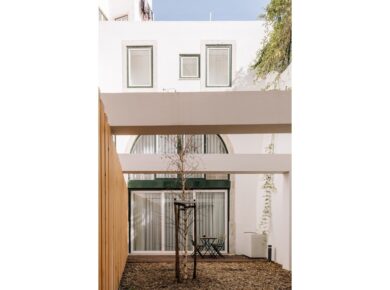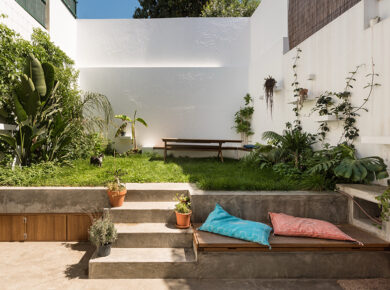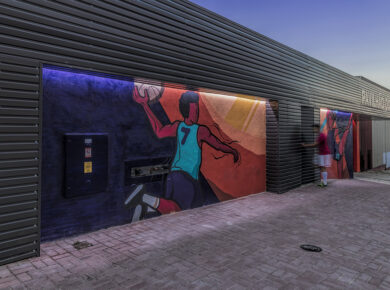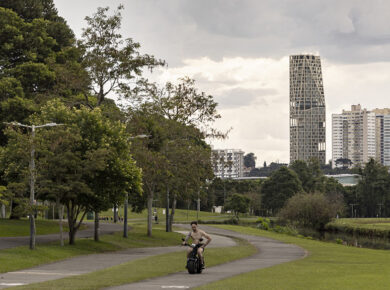Context and Inspiration
The botanical and cultural program, Summer in the Garden, unfolds at the Meyrin Alpine Botanical Garden, continuing the thematic narrative of Botanica, an event hosted by Swiss Botanical Gardens. This year’s focus revolves around “Climate change and the plant kingdom – The rise of invasive neophytes.” Visual artist Gilles Brusset, renowned for his landscape sculpture “The Fold’s Childhood” at Meyrin-Parc, was invited to introduce an artistic installation, “The Picturesque, the Abscissa and the Ordinate,” specifically tailored for this occasion.
Historical Roots and Urban Evolution
Immersing himself in the Alpine Botanical Garden’s history, Brusset delved into its origins linked to Villa Montgardin’s owner, Amable Gras. In the early 20th century, Gras envisioned transforming the sloping terrain into a garden resembling an Alpine landscape. Meyrin, once a rural village, underwent rapid urbanization from the 1960s, evolving into Switzerland’s first satellite city. Amidst the concrete jungle, the Botanical Garden emerged as an enclave of greenery, preserving biodiversity amidst urban sprawl.
Sculptural Exploration: Nature and Architecture
Brusset’s artistic vision explores the dynamic between architecture and nature, influenced by Meyrin’s urban plan and the garden’s history. “The Picturesque, the Abscissa and the Ordinate” comprises vertical and horizontal lines reminiscent of architectural elements. This sculpture blurs the boundaries between urbanization and botanical preservation, inviting contemplation on nature’s place in urban environments and their coexistence.
Interactivity and Perception
Situated at the garden’s threshold, the installation engages visitors in a dialogue between the natural and built environments. Upon entering the mirrored wooden and steel structures, visitors encounter a labyrinth of reflections, blurring the lines between reality and illusion. This immersive experience prompts introspection on perception and reality, challenging preconceived notions of space and environment.
In conclusion, “The Picturesque, the Abscissa and the Ordinate” transcends traditional artistic boundaries, inviting viewers to contemplate the intersection of nature, architecture, and perception within the urban landscape.
